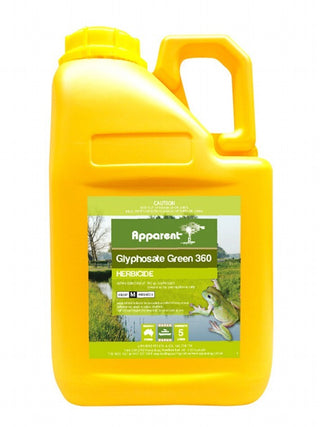Botanical name: Conyza
Common Names
Flaxleaf Fleabane, Tall Fleabane, Canadian Fleabane, Chilean Fleabane
Flaxleaf and tall fleabane (Conyza spp.) are emerging weeds in Western Australia, germinating in spring and becoming major weeds in summer. Fleabane has been making its mark on Australian farming systems in recent years. Historically, fleabane was primarily a weed of roadsides, particularly if the road shoulders were sprayed with glyphosate, leaving bare soil on which the fleabane could germinate and flourish. It is now considered an important weed of reduced tillage systems.
SIMILAR SPECIES
There are several other fleabanes (Conyza spp.) present in the region, the most common being Flaxleaf fleabane (Conyza bonariensis), Canadian fleabane (Conyza canadensis var. pusilla) and Chilean fleabane (Conyza primulifolia).
These species can be distinguished from tall fleabane (Conyza sumatrensis) by the following differences: tall fleabane (Conyza sumatrensis) is a relatively large plant and grows up to 2 m tall, with toothed leaves. Its flower-heads are relatively small (5-10 mm across and 4-6 mm long) and off-white when mature (i.e. they often have a slight brownish or yellowish tinge). Flaxleaf fleabane (Conyza bonariensis ) is a moderately-sized plant, usually less than 1 m in height, with toothed and curled leaves. Its flower-heads are relatively large (6-12 mm across and 5-6 mm long) and when mature they turn whitish in colour.
Canadian fleabane (Conyza canadensis var. pusilla) is a moderately-sized plant, usually about 1 m in height, with toothless leaves. Its flower-heads are noticeably smaller (3-5 mm across and 3-4 mm long) and off-white when mature (i.e. they often have a slight brownish or yellowish tinge).Chilean fleabane (Conyza primulifolia) is a relatively small plant, usually less than 80 cm in height. Its flower-heads are noticeably larger (15-20 mm across and 8-12 mm long) but are produced in small clusters.
SCENARIOS AND SOLUTIONS:
- In garden beds: spot spray with Apparent Ravage.
- In kikuyu lawns: use Apparent Ravage.
- In couch lawns: use Apparent Ravage.
- In buffalo lawns: use Apparent Bromoxynil + MCPA.
- In pathways: use Apparent Glyphosate.
Recommended in all scenarios, to add a wetter/penetrant – use Apparent Glyassist or Apparent Devour.
References:
https://weeds.brisbane.qld.gov.au/weeds/tall-fleabane
https://www.agric.wa.gov.au/grains-research-development/fleabane








